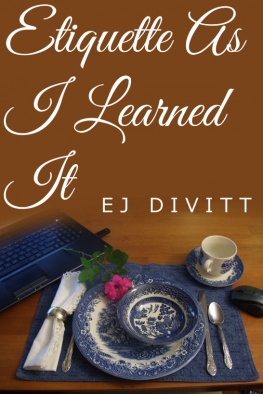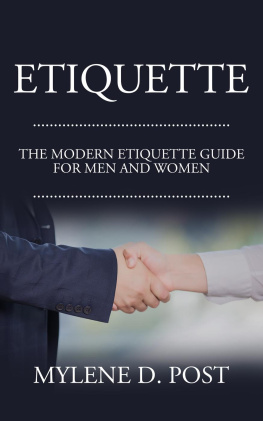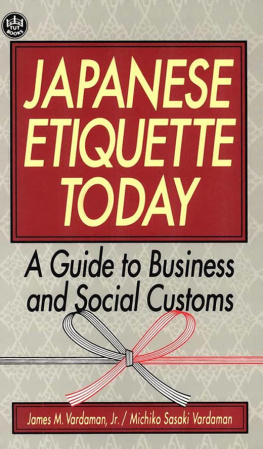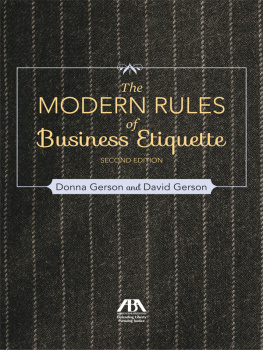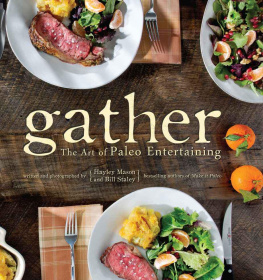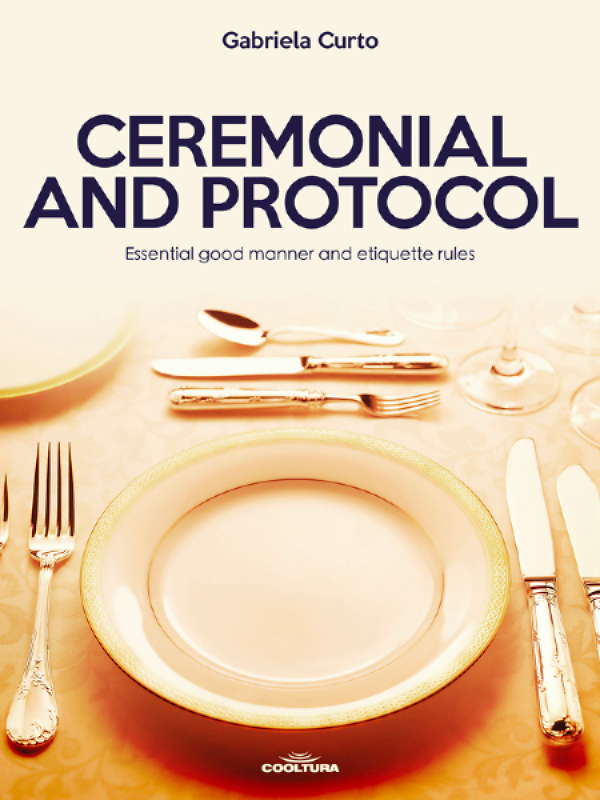Introduction
When I attended my first Business Ceremonial and Protocol course, the well-known specialist in charge of the course opened it with this assertion: The ultimate aim of ceremonial is making the other feel comfortable.
I thought the professor had significantly missed the concept, or that I had entered the wrong room. However, by the end of the course, I was pleased to understand that he was right. For this reason, I thank Dr. David Lawes, my professor and friend, for this wise introduction. It is the best way I could find to sum up this discipline -- a discipline that is also an art. It is the art of combining good taste, decoration, visual pleasure and comfort of guests.
In principle, people often feel afraid, worried or even become paralyzed when they must organize a ceremony, simply due to lack of knowledge or fear of ridicule. Many are overwhelmed by protocol because they lack knowledge or are ill-prepared.
Ceremony ensures everyone feels comfortable by standardizing our behavior through protocol rules. Of course, setting conventions apart, a good host should be flexible enough to adapt to the guests needs in all circumstances.
On a number of occasions, people consult me about how to lay tables correctly or how to organize a meeting. In general terms, I answer these questions with the following premise: common sense must prevail at all times.
For example, it is rare for someone to consult me about which rules must be followed to organize childrens birthday parties, as these habits have been transferred from generation to generation, having changed little or at all through the years. In fact, there are no significant peculiarities in different countries. In all cases, the elements are the same: house or events room, friends of the birthday boy or girl, food according to childrens age, piata, entertainer, birthday presents, disposable cutlery, and balloon decorations. Everyone follows these basic steps without consulting and almost by heart. In the worst-case scenario, you may feel anxious hoping the children are having fun and are happy, but no one doubts the basic rules or is afraid of following them. There are also certain variations depending on the fashion trends of each generation.
Later, I will explain that the general protocol rules apply for both ordinary tables and great banquets. They are very similar and easy to understand.
Some Basic Concepts
Before we start, it is necessary to establish a common code. To this end, I suggest you quickly review some of the key concepts of this discipline. The following definitions belong to a book that is as useful as it is ignored these days: the dictionary.
Ceremonial: from Latin caeremonilis . Relating to ceremony. System or set of formal acts connected with any public or formal act. Book, plan or table containing the ceremonies that must be performed in certain public acts.
Since the dawn of time, different civilizations have used ceremonies to organize and unite society. To date, that function has changed very little. While such ceremonies were restricted to the sacred spheres, today they apply in different situations, including both public and private meetings. We must distinguish certain important differences in relation to business ceremonial. In fact, although their origins are the same and both are based on traditional ceremonies, companies establish their own particular manners and rules.
Protocol: from Latin protocollum . Diplomatic, ceremonial rule established by agreement or costume.
Etiquette : from French etiquette . Ceremonial codes governing styles, uses and costumes which must be followed in royal houses and formal public acts. They also establish how high-rank people must be treated, in contrast to treating relatives or friends. Etiquette suit: formal suit corresponding to certain rank or office, worn by certain men in formal acts; for example, frock coats or morning coats.
The correct etiquette implies knowing how to look and act in certain situations, this includes courtesy according to status (such as Sir, Lady, Doctor, Graduate, etc.), the dressing code and manners.
Event: from Latin eventus . Happening. Occurrence, unforeseen fact. An important, organized social, academic, artistic or sporting activity.
There has been much debate about this term. It has been discussed whether an eventual activity, that is not foreseeable, such as any type of meeting, could be considered an event or not. Today, the use of this word to describe both an unexpected happening and a planned meeting has become popular.
Precedence: from Latin praecedenta . Priority, preceding in time. The condition of being precedent in order. Preferentiality or preference in terms of standing and seating locations on formal occasions. Primacy, superiority.
Precedence relates to the order applied in any event to demarcate different degrees of importance or rankings. It allows you to determine the correct location of people at tables, platforms and other sites.
Distinctive Features
In order to study the basic rules we will plan Event X . That is how we will refer to our event.
This way, we will be able to go through the various aspects of the organization, not only during the day of the event, but also the days leading up to the event. This preparation is as or even more important than the event itself for the person in charge of the ceremonial. If such person fails to plan it correctly, it will probably not turn out as expected.
While this book is not specifically about event organization, it is almost impossible to separate both topics. We will focus on certain aspects of ceremonial, but we will also review some details concerning the organization of different types of events.
In the first place, it is necessary to define what type of meeting we are planning -- for example, a formal meeting, which can take place in an events room or a house, if the facility and conveniences adjust to the hosts needs.
Even though the general rules apply to all events, each type of meeting has its own peculiarities. Organizing a birthday party is not the same as planning a wedding or a simple dinner.
Another aspect to take into account is the level of formality required. A friends meeting may be organized in an almost unstructured fashion, while a formal event requires other protocol. In order to organize a diplomatic meeting, for example, you must follow a certain plan, which varies according to the guests culture of origin.
Event X is a formal dinner. Imagine a meeting in which the host receives the owners of a company with which they want to do business. The dinner will take place in the hosts house. At this point, it is important to clarify that some hosts prefer to receive their guests in rented houses, instead of their own.
Although these types of meetings may be organized in event rooms or restaurants, I always advise to use personal homes, for the sake of intimacy and confidence. I believe it reflects a certain degree of trust. It is the best representation of doors open to intimacy, although it may not be completely real.
In the case of a working lunch, the most common is organizing it at a restaurant, as it is expected to take place during work hours. If this is the case, the restaurant shall be chosen according to the guests ranks.
If the event is a dinner, the criteria will be different. Once the type of event is defined, you will be able to apply the corresponding rules.
Place, Date and Time
Once the type of event and place are defined, you must think about the date and time. In broad terms, these types of dinner meetings are organized during the week. The most suitable days are Wednesdays and Thursdays. It is advisable to avoid the first days of the week in order to allow yourself more time to organize the event. In regards to the last days, Fridays are usually excluded because they mark the beginning of the weekend, and in consequence, they are considered rest time.


